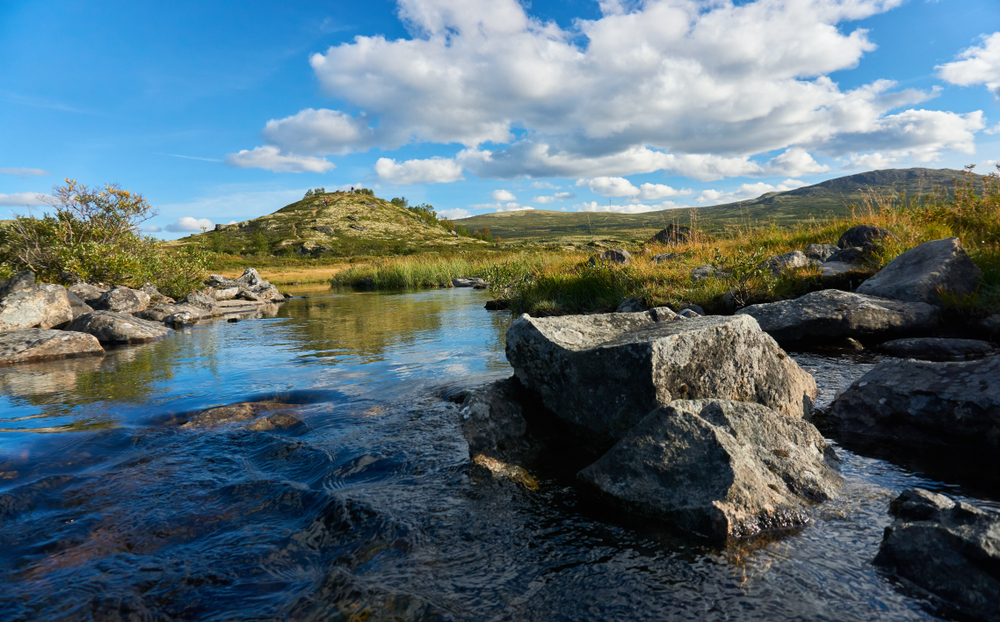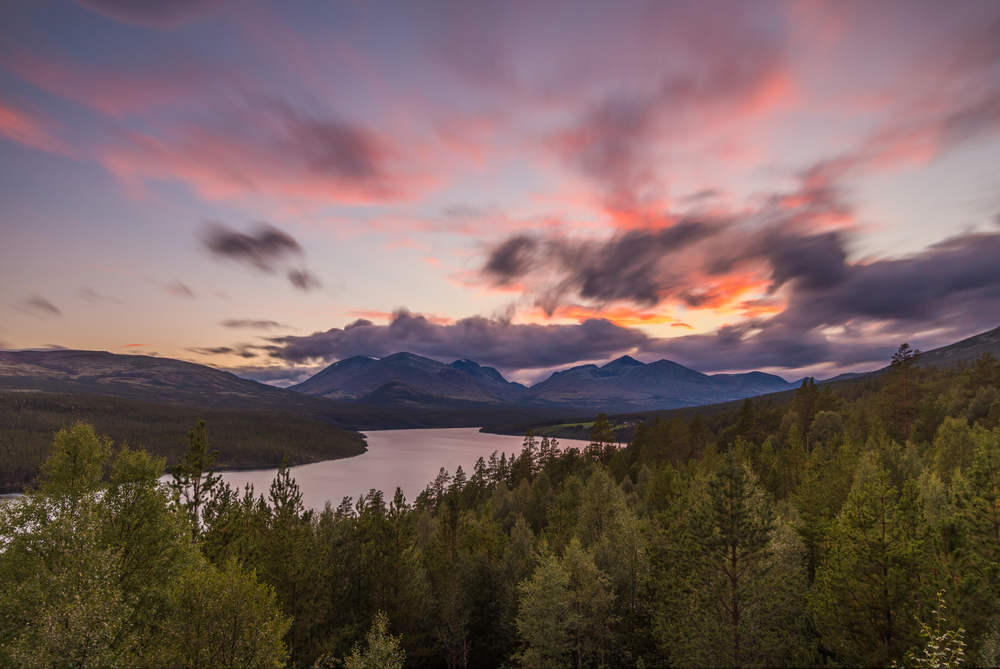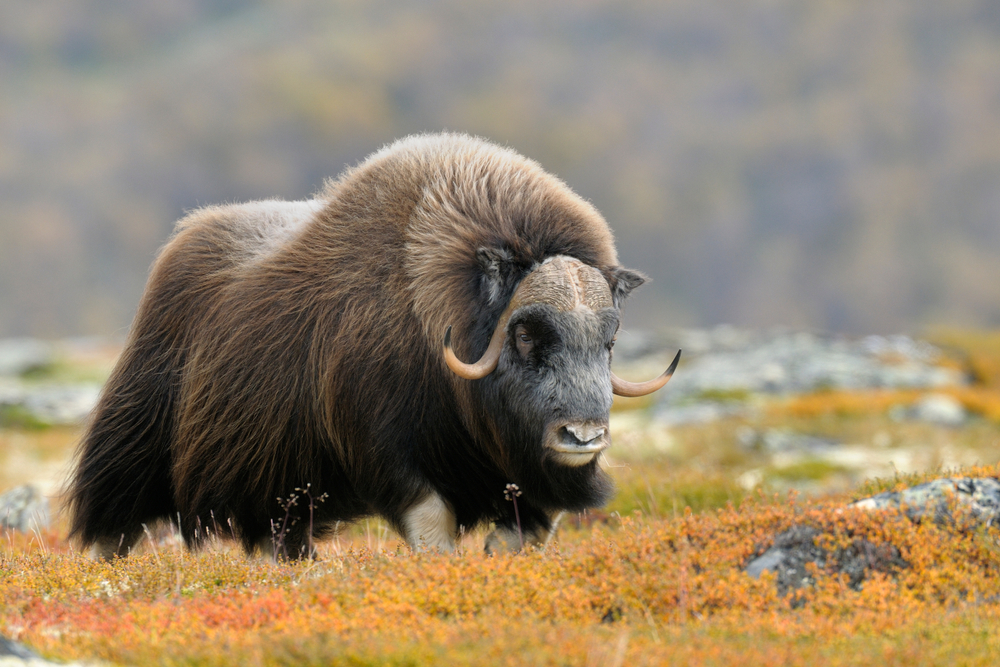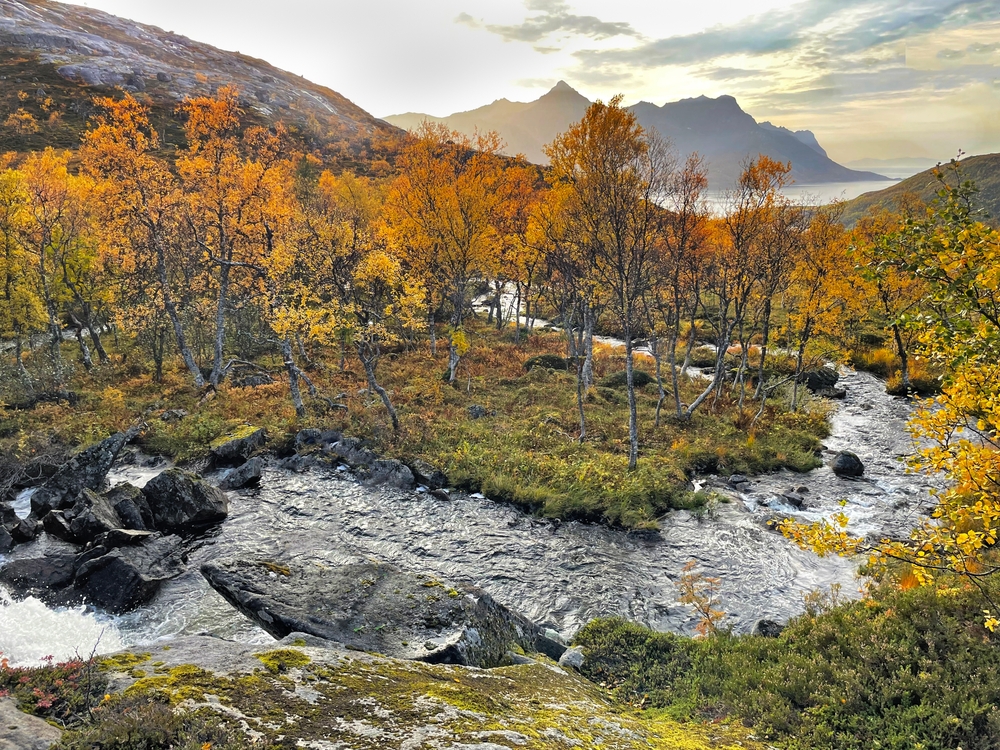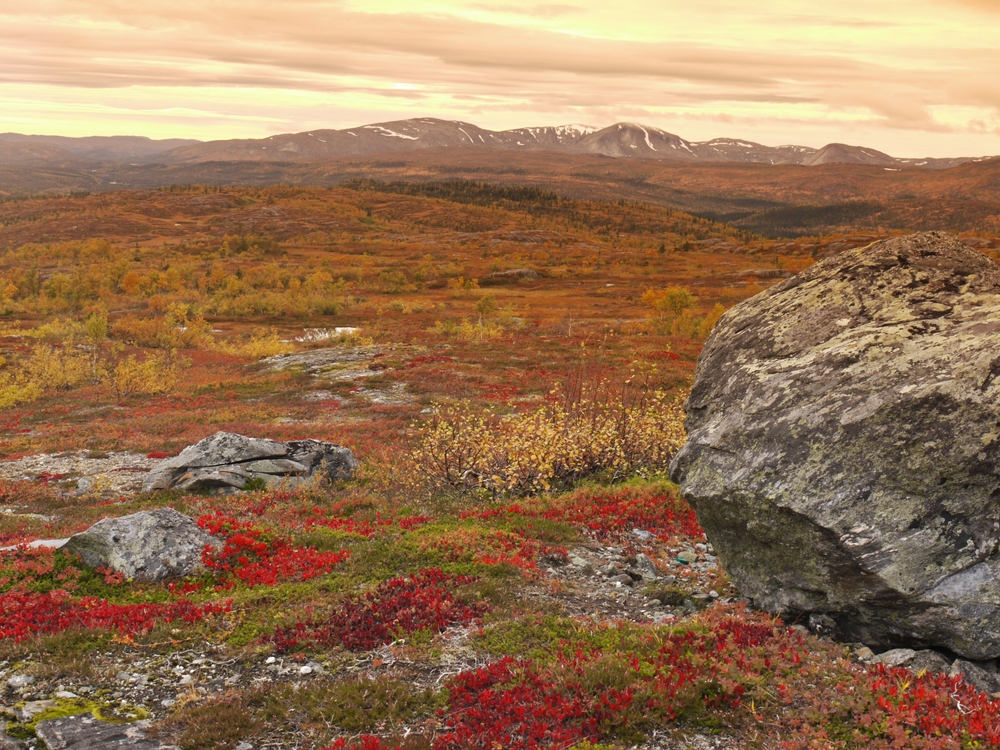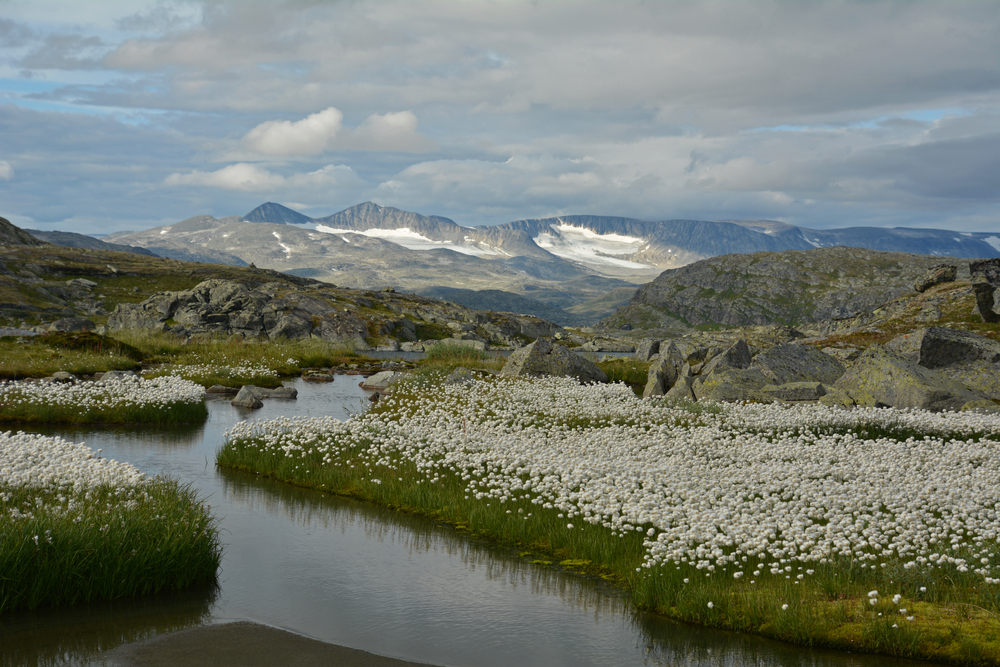Dovre Overview
Dovre National Park, known as Dovre nasjonalpark in Norwegian, is a stunning and rugged protected area located in central Norway. Covering approximately 289 square miles (750 square kilometers), the park sits within the counties of Innlandet and Trøndelag.
It is part of a larger conservation area that includes Rondane and Dovrefjell-Sunndalsfjella National Parks, creating an expansive region dedicated to the preservation of Norway’s unique alpine landscapes and wildlife. The park is named after the Dovrefjell mountain range, which has long held cultural and historical significance in Norway. The area has been referenced in literature and folklore as a symbol of strength and perseverance.
The terrain of Dovre National Park is characterized by rolling mountains, plateaus, and broad valleys carved by glacial activity over thousands of years. The park’s elevations vary, with peaks such as Fokstuguhøi and Gråhø towering over the landscape. The region is largely above the tree line, creating a tundra-like environment dominated by mosses, lichens, and hardy grasses.
Patches of dwarf birch and willow shrubs grow in sheltered areas, offering some greenery in an otherwise stark and dramatic landscape. The harsh climate, with cold winters and short summers, makes this environment one of the most challenging yet beautiful in Norway. Water features such as small alpine lakes and streams add to the pristine quality of the park, creating a landscape that is both serene and untamed.
Dovre National Park is home to a diverse range of wildlife, with some species uniquely adapted to its harsh environment. One of the park’s most famous inhabitants is the wild musk ox, a prehistoric-looking mammal that was reintroduced to the area in the 20th century. These massive creatures, with their thick coats and distinctive curved horns, are a rare sight in Europe outside of this region.
The park also supports populations of wild reindeer, which roam the tundra in search of food, particularly during the winter months. Other mammals include arctic foxes, wolverines, lynxes, and red foxes, each playing a role in the delicate ecosystem of the park.
Birdlife is equally impressive, with golden eagles soaring over the rugged landscape and ptarmigans blending seamlessly into the rocky terrain. Various species of owls, falcons, and songbirds can also be spotted throughout the park.
Visitors to Dovre National Park are drawn by its pristine wilderness and opportunities for outdoor exploration. Hiking is one of the most popular activities, with trails winding through the mountains and offering breathtaking views of the surrounding landscape.
One of the most well-known trails leads to Snøhetta, a nearby peak offering panoramic views of the Dovrefjell range. Wildlife watching is another key attraction, particularly for those hoping to catch a glimpse of the musk oxen in their natural habitat. Guided safaris are available for visitors who want a closer look at these incredible animals while ensuring minimal disturbance to their environment.
In winter, cross-country skiing and snowshoeing provide a unique way to experience the park’s tranquil beauty. Conservation efforts have been successful in maintaining the park’s fragile ecosystem, though challenges such as climate change and human impact remain ongoing concerns for park management.
By promoting sustainable tourism and conservation initiatives, the park continues to protect its remarkable landscapes and wildlife for future generations.








































































